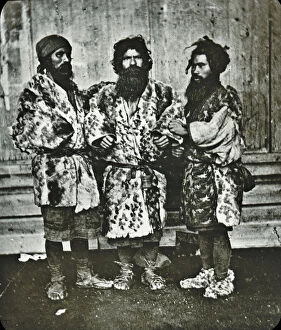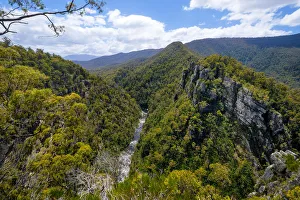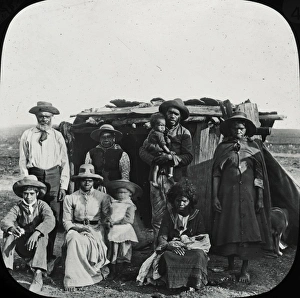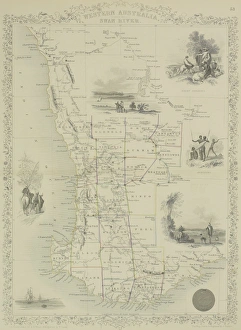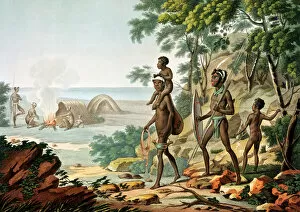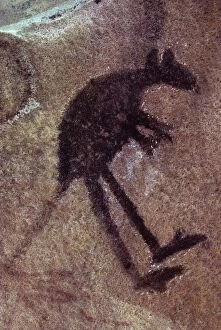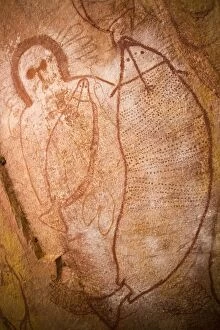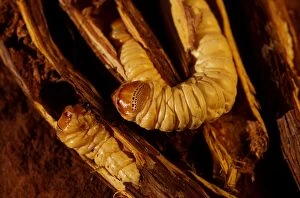Aborigines Collection (page 5)
In the 19th century, the British Empire spanned across the world, and within its vast territories were diverse indigenous communities
All Professionally Made to Order for Quick Shipping
In the 19th century, the British Empire spanned across the world, and within its vast territories were diverse indigenous communities. One such group was the Walpiri Tribe from Australia's Pacific region. Their rich cultural heritage is beautifully depicted in dream paintings that have captivated art enthusiasts for generations. As we explore this era through antique maps, we come across a map of Victoria or Port Phillip in Australia adorned with vignettes showcasing scenes from daily life. Similarly, another map showcases South Australia with intricate vignettes that provide glimpses into the lives of its inhabitants. Moving further eastward, we encounter an image capturing natives from Taiwan's island of Formosa (now known as Taiwan). These individuals represent yet another facet of indigenous cultures thriving under colonial rule during this time period. Returning to Australia, a striking photograph captures a Native Australian holding his WOOMERA - a traditional throwing stick used for hunting and warfare. This image serves as a powerful reminder of their resilience and connection to their ancestral lands despite external influences. The rock painting titled "Emeu" takes us deep into Aboriginal culture found in Christmas caves within Northern Territory's Alligator River Region. It stands as an enduring testament to their spiritual connection with nature and their ability to preserve ancient traditions even amidst rapid societal changes. However, not all interactions between different Aboriginal tribes were peaceful. An affray between rival tribes three miles away from Brisbane in New South Wales reminds us that conflicts also existed within these communities themselves – complexities often overlooked when discussing colonization narratives. These hints collectively shed light on the multifaceted history and diversity encompassed by the term "aborigines. " They remind us that behind every picture lies stories untold; stories filled with struggles against oppression but also resilience and cultural pride passed down through generations.






